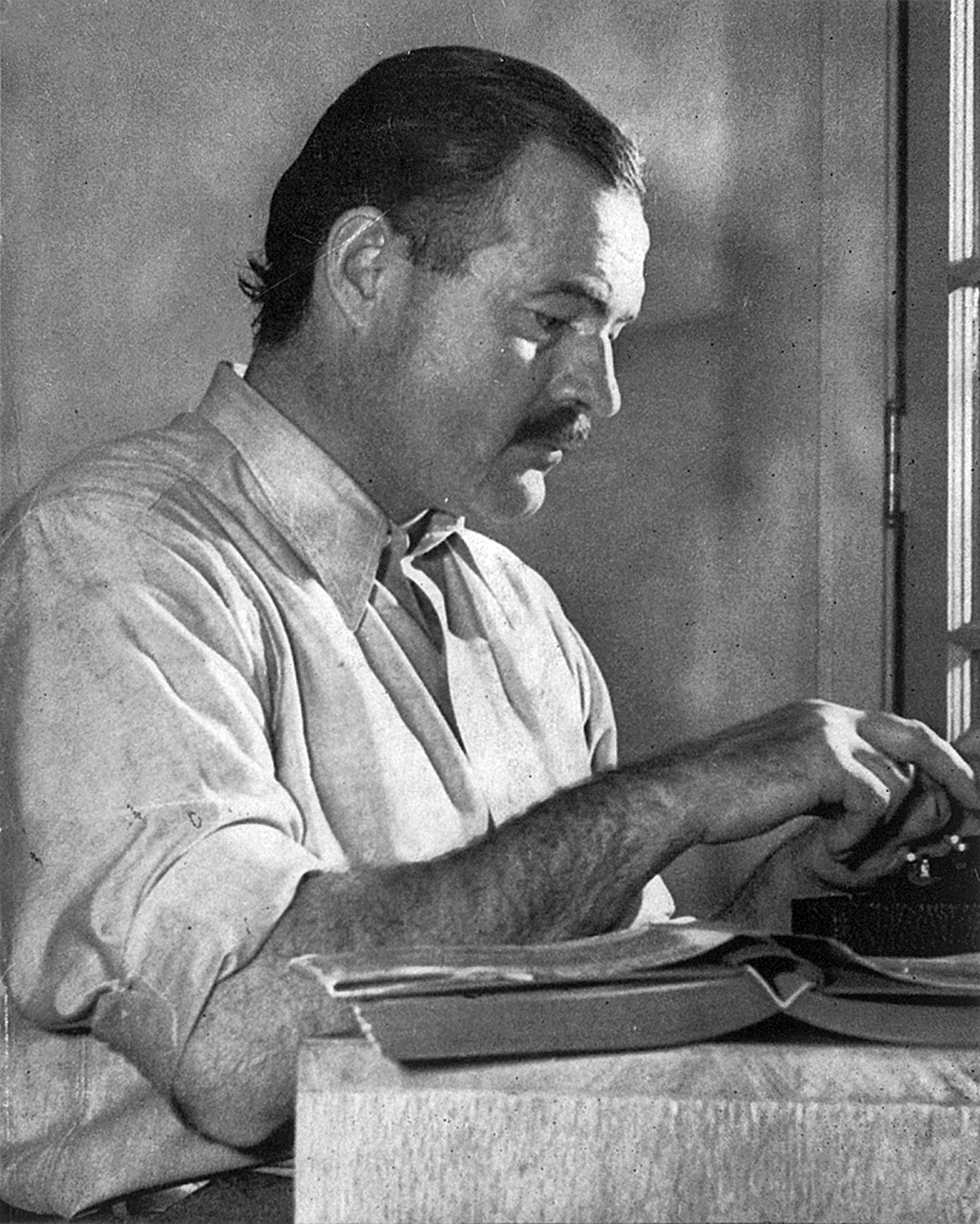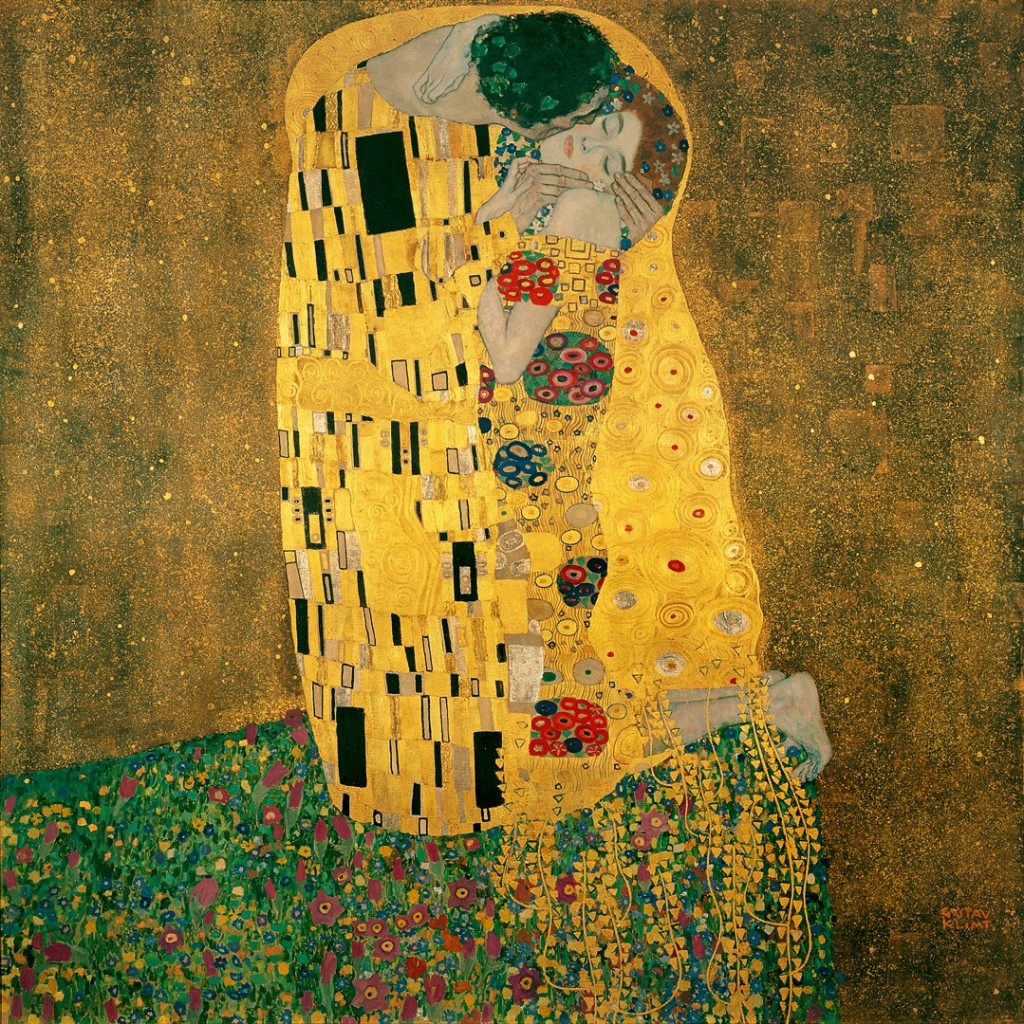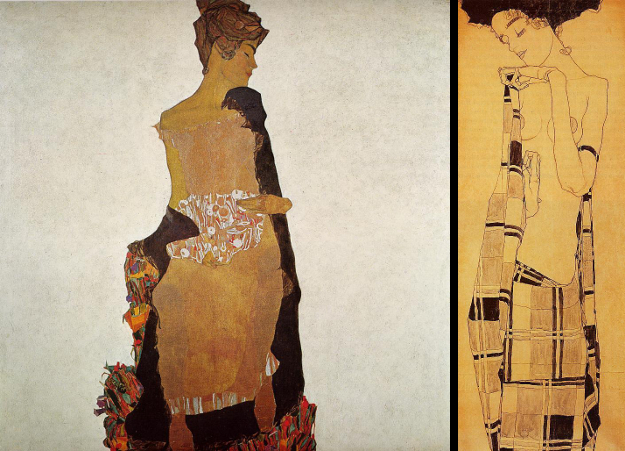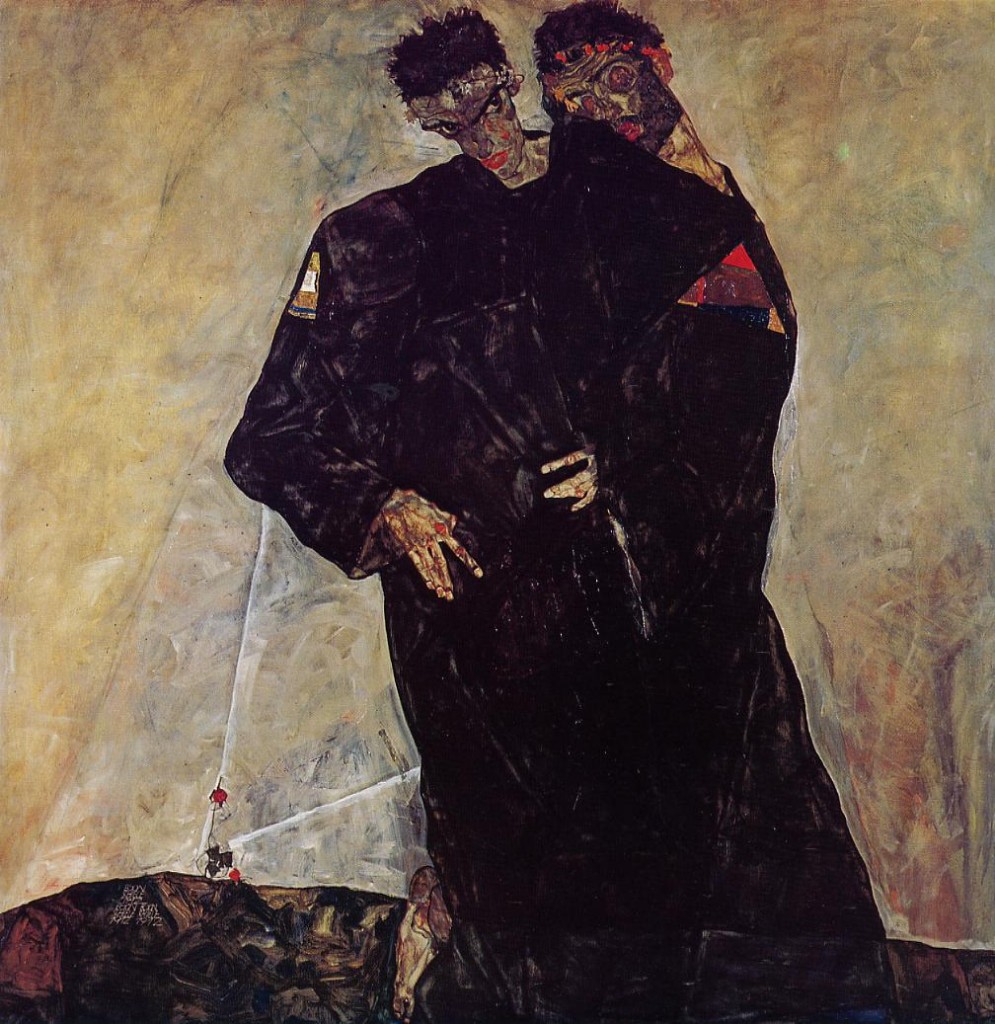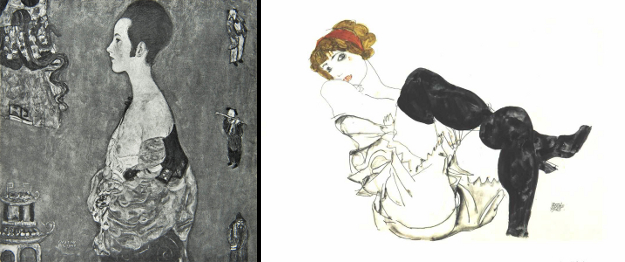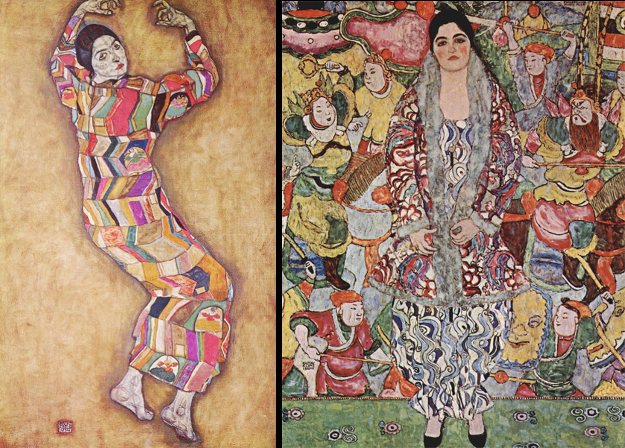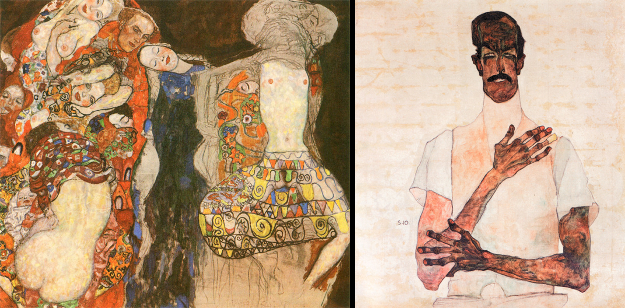Workers Vanguard No. 1107
|
10 March 2017
|
| |
Trump Invokes Racist “States’ Rights”
Defend Rights of Transgender People!
The bigots in the White House have added transgender people to their hit list targeting Muslims, immigrants, black people and women. In February, President Donald Trump dumped anti-discrimination guidelines issued by Obama in May 2016, which had instructed public schools to allow students to use bathrooms and locker rooms that match their gender identity. A Texas judge had already blocked Obama’s directive last August after 13 states challenged the expansion of restroom access for transgender students. This rollback of protections for transgender students is yet another boost to the religious right, who believe that people are born into the gender God chose for them. But it will also be used as a weapon in the reactionary arsenal aimed more broadly against all the oppressed and working people.
Insisting that the matter of restroom access should be left to states and localities, the Trump administration invoked “states’ rights”—which has long been wielded to enforce the segregation of black people in America. Not surprisingly, the instigator of the ruling was Attorney General Jeff Sessions, a notorious racist who thinks that separation of church and state has gone too far and voted to ban same-sex marriage. His very name conjures up the battle cry of the slavocracy in the Civil War: Jefferson Beauregard Sessions III, in homage to the Confederacy’s president Jefferson Davis and General P.G.T. Beauregard. Co-issuing the ruling was Secretary of Education Betsy DeVos, who is dedicated to ending public education and promoting charter schools and vouchers for religious schools as a means to “advance God’s kingdom.”
The revocation of even minimal school protections for transgender and gender non-conforming youth—those whose appearance, dress or behavior doesn’t comply with what capitalist society deems to be the norm—is an ominous threat. It will likely fuel further attacks against this already marginalized group facing high rates of harassment, discrimination and suicide. In light of Trump’s edict, the Supreme Court refused to hear the case of transgender teen Gavin Grimm, who courageously sued his Virginia school board in order to use the male restroom. Grimm’s case, which is now kicked to a lower court, could set a precedent for a number of other “bathroom” cases as to whether Title IX’s prohibition of discrimination on the basis of sex extends to gender identity.
Everyone—regardless of the signage on restroom doors—should be allowed to go about their business without interference from busybodies, bigots or bosses. As we stated in a previous article on bigotry over “bathroom bills” (see “Full Democratic Rights for Transgender People!” WV No. 1081, 15 January 2016):
“While sexuality and gender identity are complex, they are essentially personal and private matters. We vehemently oppose any government intrusion into private life and consensual sexual activity. Since our inception, the Spartacist League has called for full democratic rights for gays—and the same goes for others targeted for their sexual practices or gender expression. Down with discriminatory laws against transgender people!”
For right-wing bigots, the idea that students can express their gender identity as they please provokes fury because it cuts against the oppression of youth within the family and in society in general. Anti-gay and anti-trans bigotry are not simply by-products of ignorance, but are conditioned and bolstered by rigid gender roles in the monogamous, patriarchal family. The institution of the family, the main source of the oppression of women and youth under capitalism, instills bourgeois codes of morality, obedience and social conformity. Religious ideology further reinforces the straitjackets of “manhood” and “womanhood.”
The real estate mogul Trump, known more for his “New York values” than for his piety, intoned during the Republican National Convention last year that he would “protect our LGBTQ citizens.” He added the qualifier, “from the violence and oppression of a hateful foreign ideology,” a statement intended to whip up anti-Muslim hysteria in the wake of the terror attack on the Pulse nightclub in Orlando. In fact, Trump was the candidate of choice for those promoting homegrown “hateful ideology,” white Christian evangelicals, 81 percent of whom cast their votes for him. An array of bible-thumping conservatives occupies senior posts in the Trump administration. Freshly grooving on the resurrection of the Christian right in Washington are organizations like the Alliance Defending Freedom, which is the legal powerhouse dedicated to criminalizing the “homosexual agenda,” and which is behind much of the anti-transgender school legislation.
The Obama-era guidelines revoked by Trump were introduced last year in response to North Carolina’s passage of House Bill 2 (HB2), which bars transgender people from using bathrooms that match their gender identity. Former Republican governor Pat McCrory’s reactionary legislation has been met with sustained opposition and protest. Several sports organizations, including the NBA, shifted events away from North Carolina, and hundreds of celebrities and companies have demanded the law’s repeal. HB2 is not just a “bathroom bill” but a package of draconian legislation targeting the working class, women and minorities. The law also eliminates protections for employees fired on the basis of race, religion, sex or age; prevents cities and counties from setting minimum-wage standards; and overturns laws requiring paid leave for family and medical matters.
These vicious moves pioneered by the Republicans allow the Democrats to hypocritically posture as defenders of the oppressed. Yet for decades the Democratic Party has groveled before the very forces spearheading the attacks on women’s and gay rights, science in schools and secularism in general. The Democrats under Obama, as well as under Bill Clinton, continually pandered to religious reaction, imbibing the “family values” moralism that helped pave the way for the onslaught on abortion and attacks on birth control. The 2014 landmark Hobby Lobby Supreme Court ruling used Clinton’s 1993 Religious Freedom Restoration Act to allow companies to deny insurance coverage for contraceptives on religious grounds, thus turning the separation of church and state on its head.
Obama managed to walk off the presidential stage with something of a reputation for defending transgender rights. One of his final acts was the commutation of all but a few months of the remaining prison time for Chelsea Manning, the heroic transgender whistle-blower sentenced to 35 years for exposing U.S. war crimes. The Obama administration tortured Manning for seven years, forced her to fight relentlessly for treatment in the process of gender transitioning and drove her to two suicide attempts while in prison. Clemency for Manning gave Obama a cheap way to cloak his true “legacy”—that of persecuting whistle-blowers, expanding drone strikes and ramping up mass surveillance.
Any illusion that the capitalist Democrats will do anything other than uphold the capitalist system of wage exploitation and racial and sexual oppression that they oversee is a cruel hoax. In the U.S., the deep-seated racism of a society founded on the oppression of black people also finds expression in anti-transgender bigotry. On top of discrimination in employment, lack of access to health care and undue harassment by the cops, transgender people face horrendous levels of sexual assault and violence. Black transgender women are particular targets, making up a majority of the 27 reported anti-trans homicides in 2016. This year, in February alone, five black transgender women were murdered, three in the Southern state of Louisiana.
Today’s arguments against transgender people’s access to restrooms echo claims from the Jim Crow South defending separate facilities for black people. Racists railed against integrated restrooms as allegedly dangerous to white women, who would ostensibly become prey to black men if public amenities were not strictly race- and sex-segregated. The myth of the black male sexual predator has long been used to mobilize lynch mob terror. Now, reactionaries rehash this bigotry by invoking unfounded fears that young girls will be raped if “men”—by which they mean trans women—are allowed to use the same toilet. Undeniably, if anyone is in danger in public spaces, it’s trans people who face abuse no matter which restroom they enter.
The revolting stereotype of trans women as rapist interlopers invading women’s spaces was not invented by religious fundamentalists; rather, it has long been common parlance for a brand of petty-bourgeois feminists. While the ubiquitous LGBT acronym implies common unity, in fact transgender people were excluded and defamed by many of their gay and lesbian supposed “allies.” The historic 1969 Stonewall rebellion in NYC’s Greenwich Village was led by a multiracial and mainly poor group of drag queens and transgender people. Yet these activists—many of whom considered themselves part of a broader liberation movement—were soon ostracized from a gay milieu that was increasingly focused on bourgeois respectability, as seen today in the conservative fixation on marriage equality.
As Marxists, we defend any legal advances that gays, lesbians and transgender people can obtain, including the right of marriage and divorce, and we oppose discrimination in housing, employment and education. At the same time, we recognize that, particularly in the absence of social struggle, the capitalist rulers will always seek to reverse any gains that have been won. While trans people have become more visible in the media and on campuses, it will take a fundamental social and economic transformation to change the institutions that are the source of deeply rooted attitudes toward gender roles and sexuality. Any genuine fight for the liberation of women, gays, black people and all of the oppressed must be directed to the revolutionary overthrow of the capitalist system. We seek to imbue in the multiracial working class its historic mission as fighters for the socialist liberation of all humanity.

.jpg)
